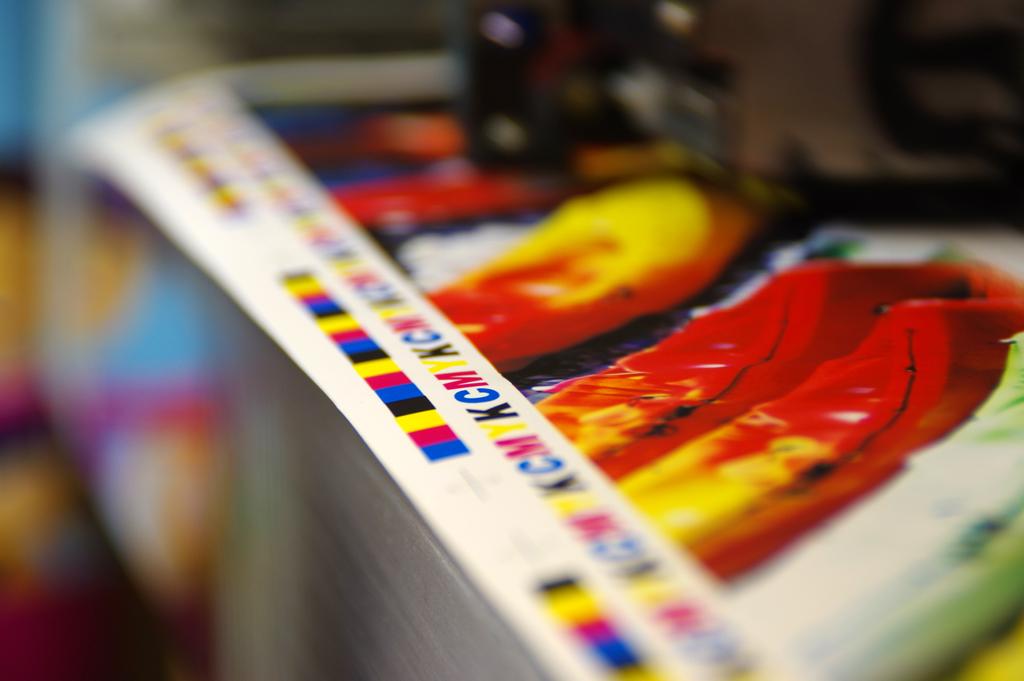Eco-Friendly Printing Solutions for Sustainable Photo Printing Businesses

In today’s world, sustainability is a hot topic, and businesses across various industries are making conscious efforts to reduce their environmental footprint. Photo printing businesses are no exception. With the growing awareness of climate change and the need to protect our planet, eco-friendly printing solutions have become a necessity rather than a choice. In this blog, we’ll explore the importance of eco-friendly printing solutions for sustainable photo printing businesses and discuss how they can integrate these practices into their operations while framing photos in an environmentally responsible way.
The Environmental Impact of Photo Printing
Before delving into eco-friendly solutions, let’s take a moment to understand the environmental impact of traditional photo printing methods. Traditional photo printing often involves the use of harmful chemicals, high energy consumption, and excessive paper waste. Additionally, the disposal of hazardous materials used in the printing process can lead to soil and water pollution.
Furthermore, photo printing businesses often contribute to deforestation by using paper sourced from unsustainable logging practices. All these factors combined make traditional photo printing a major contributor to environmental degradation.
The Urgent Need for Eco-Friendly Printing Solutions
With the urgency of climate change, it’s imperative that photo printing businesses adopt eco-friendly printing solutions. By doing so, they not only reduce their negative impact on the environment but also meet the growing demand for sustainable products and services among consumers.
Here are some eco-friendly printing solutions that photo printing businesses can implement:
1. Use Recycled Paper
One of the simplest and most effective ways to reduce the environmental impact of photo printing is to use recycled paper. Recycled paper saves trees, reduces energy consumption, and minimises water pollution compared to paper made from virgin wood pulp. Photo printing businesses can source high-quality recycled paper to print their photos without compromising on the quality of their products.
2. Choose Water-Based Inks
Traditional printing often involves the use of solvent-based inks that release volatile organic compounds (VOCs) into the atmosphere, contributing to air pollution. Switching to water-based inks eliminates VOC emissions and reduces the business’s carbon footprint. These inks are not only environmentally friendly but also produce vibrant, high-quality prints.
3. Embrace Digital Printing
Digital printing technologies are far more environmentally friendly than traditional offset printing methods. Digital printing eliminates the need for printing plates, which reduces waste, uses fewer chemicals, and consumes less energy. Moreover, digital printers can be more precise, resulting in less ink wastage.
4. Implement Energy-Efficient Equipment
Upgrading to energy-efficient printing equipment can significantly reduce energy consumption. Photo printing businesses should invest in energy-efficient printers, dryers, and other equipment. Additionally, they can maximise energy savings by scheduling print jobs during off-peak hours and using equipment with built-in energy-saving features.
5. Reduce Paper Waste
Reducing paper waste is crucial for sustainable photo printing businesses. Implementing practices like double-sided printing, optimising layouts to minimise paper usage, and offering customers the option to print digital photos rather than physical copies can all help reduce paper waste.
Framing Photos Sustainably
While the focus of this blog is on eco-friendly printing solutions, it’s important to discuss how photo printing businesses can frame photos in an environmentally responsible way. Framing photos can add value to the product and enhance its visual appeal, but it should be done with sustainability in mind.
1. Sustainable Frame Materials
Choose frames made from sustainable materials like reclaimed wood, bamboo, or recycled metal. These materials have a lower environmental impact compared to frames made from virgin wood or non-recycled metals.
2. Local Sourcing
Whenever possible, source frames from local artisans or manufacturers. This reduces transportation emissions and supports local economies.
3. Reusable Frames
Encourage customers to choose reusable frames that can accommodate multiple photos over time. This reduces the need for new frames with each photo printing order.
4. Offer Eco-Friendly Options
Provide customers with eco-friendly framing options, such as frames with low-VOC finishes or frames that are certified as environmentally friendly by recognised organisations.
Communicating Your Sustainability Efforts
To truly benefit from eco-friendly printing solutions and sustainable framing practices, it’s important for photo printing businesses to communicate their commitment to sustainability to their customers. Here are some ways to do that:
1. Eco-Friendly Packaging
Use eco-friendly packaging materials that are recyclable or biodegradable. Clearly label your packaging as environmentally friendly to show your commitment to sustainability.
2. Marketing and Education
Include information about your eco-friendly printing practices and sustainable framing options on your website and marketing materials. Educate your customers about the positive environmental impact of choosing your services.
3. Certifications and Partnerships
Consider obtaining certifications from environmental organisations and partnering with eco-conscious brands to further emphasise your commitment to sustainability.

Photo printing businesses have a responsibility to reduce their environmental impact and contribute to a more sustainable future. By adopting eco-friendly printing solutions and framing photos sustainably, these businesses can not only meet the demands of environmentally conscious consumers but also make a positive contribution to the planet. Embracing sustainability isn’t just a trend; it’s a necessity for the long-term success of photo printing businesses and the well-being of our planet.

